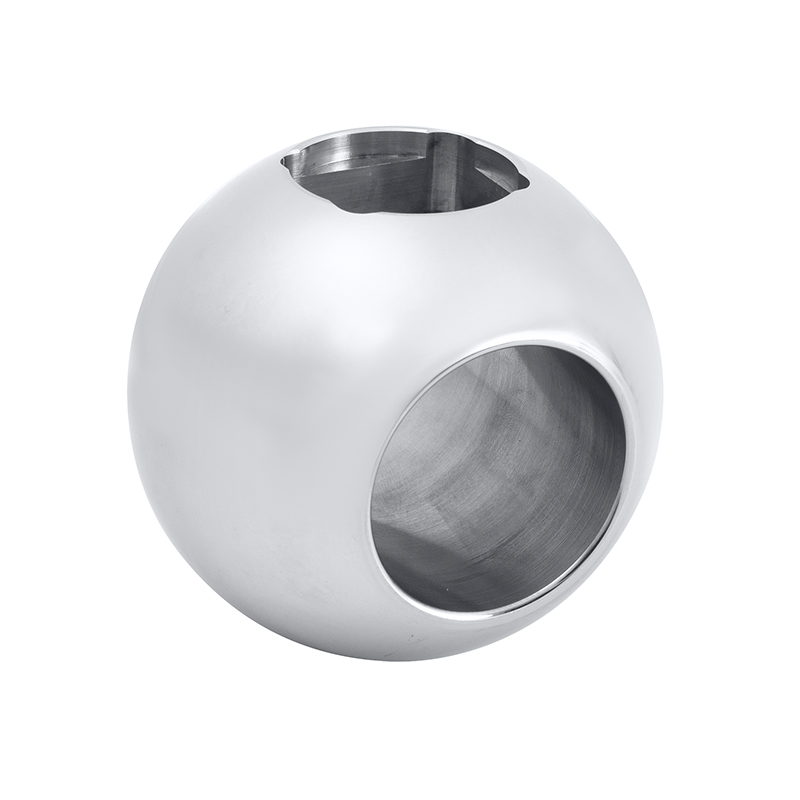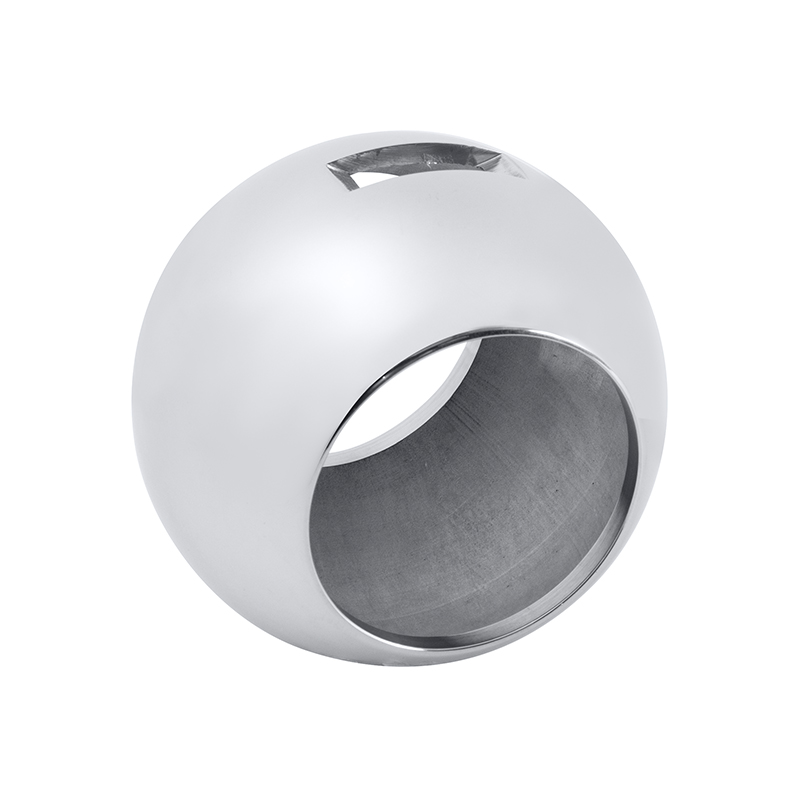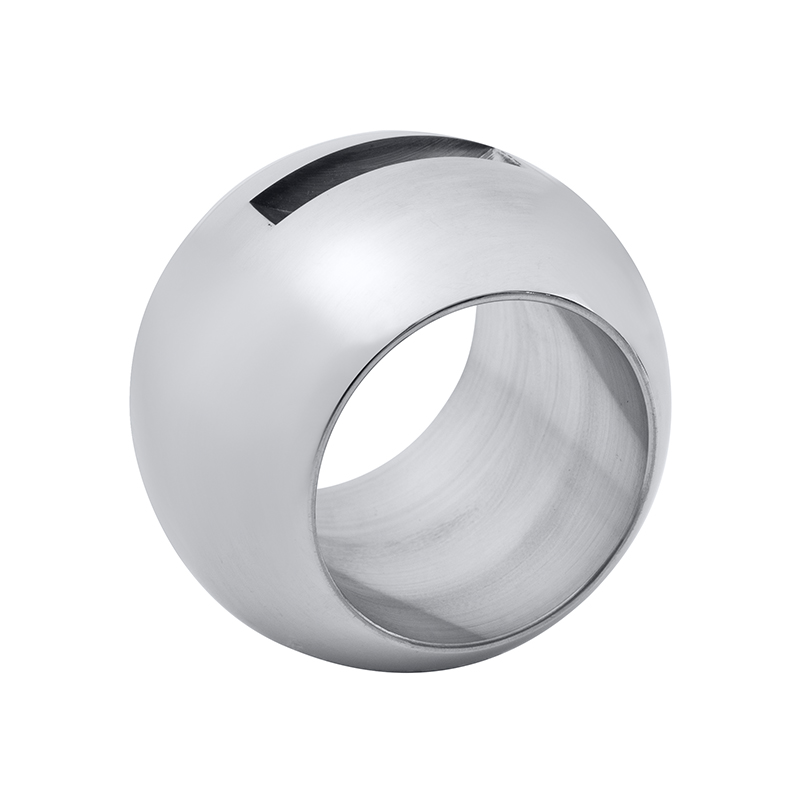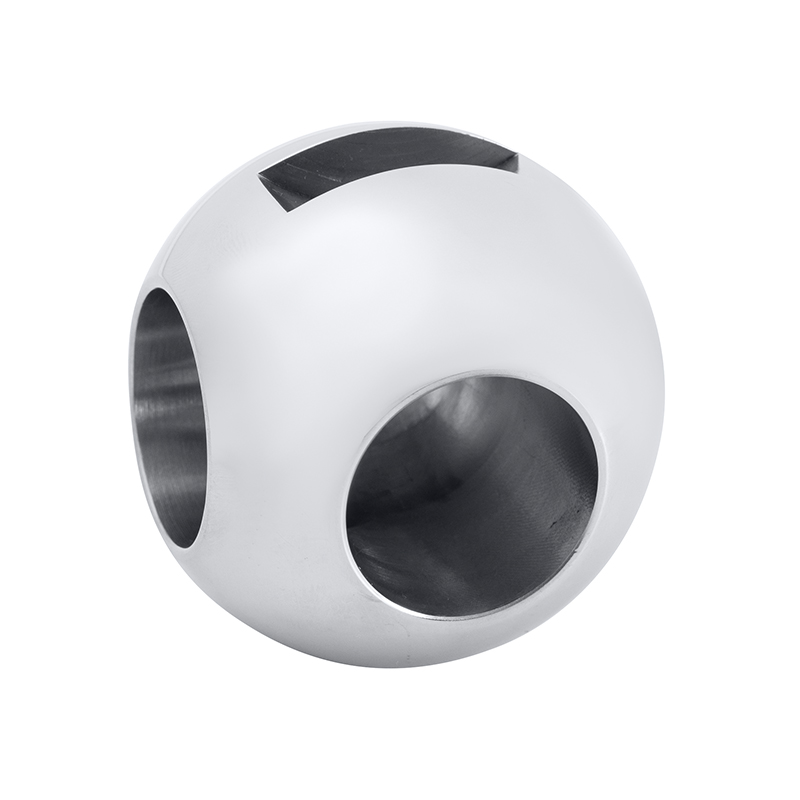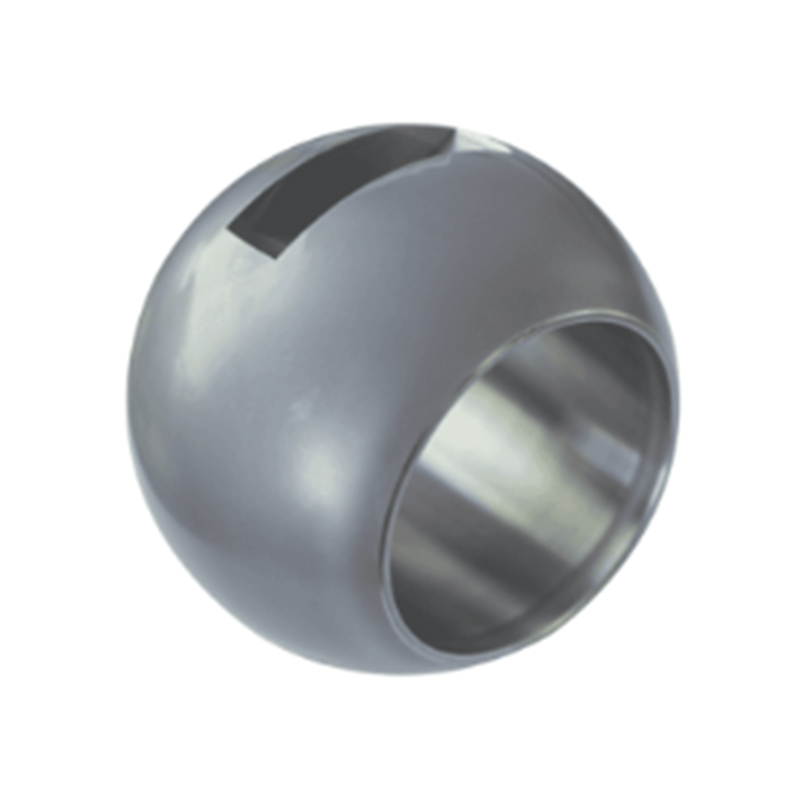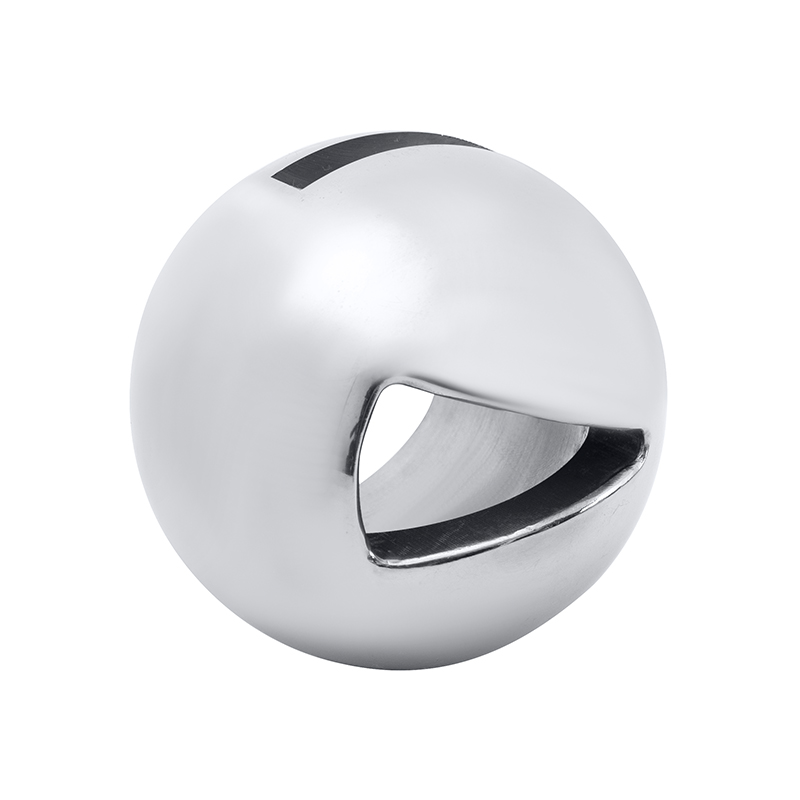Ball valves are critical components in fluid control systems, offering reliable shutoff and flow regulation. Proper maintenance, especially lubrication, ensures their long-term performance, efficiency, and resistance to wear and tear. Among the wide range of ball valves, the 3 way PVC ball valve and the vacuum rated ball valve are widely used in applications that demand precision and reliability. Each valve type has unique requirements and characteristics, making targeted lubrication practices essential for their smooth operation.
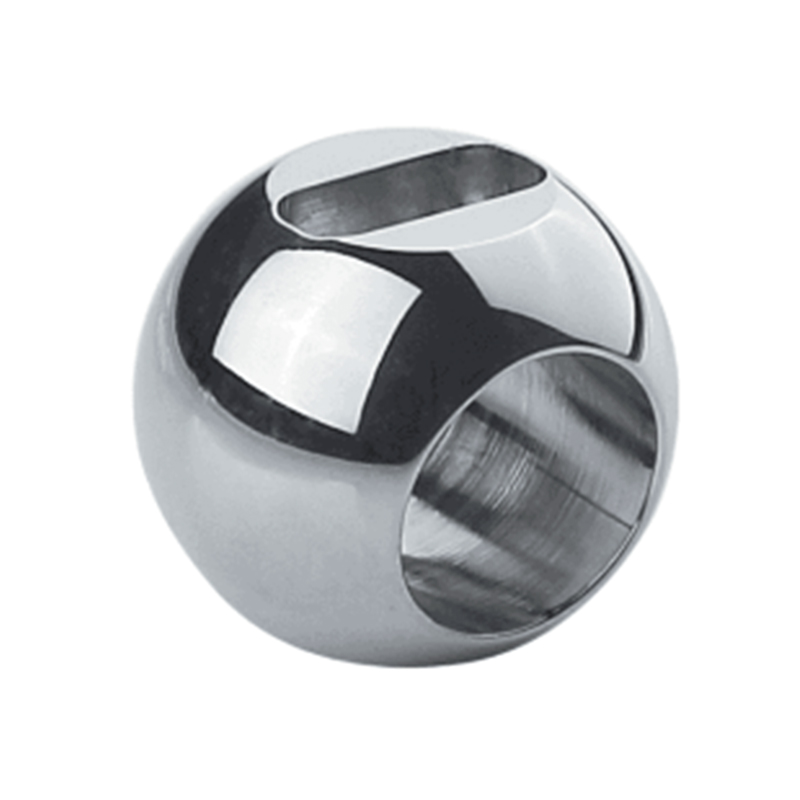
Understanding the Function of Ball Valves
Ball valves function by rotating a ball with a hole (port) to control the flow of liquid or gas. When aligned with the flow path, the valve is open; when rotated 90 degrees, the flow is blocked. This simple mechanism makes ball valves robust and durable. However, friction and exposure to varying temperatures and media can degrade internal components over time.
Lubrication plays a key role in less wear, reducing actuation torque, and ensuring a tight seal, especially in more complex valves such as the 3 way PVC ball valve and vacuum-sealed systems.
3 Way PVC Ball Valve: Special Considerations
The 3 way PVC ball valve is designed for flow diversion, mixing, or shutoff in low-pressure systems. These valves are commonly found in irrigation, water treatment, and chemical distribution setups. Their lightweight construction and chemical resistance make them highly suitable for various industries.
Lubrication Tips for 3 Way PVC Ball Valves:
Use Silicone-Based Lubricants: PVC material can be sensitive to petroleum-based products, which may cause swelling or degradation. Silicone or PTFE-based lubricants are typically recommended for these valves.
Target the Stem and Ball Interface: Proper lubrication of the stem and ball surface reduces operating torque and prevents seizing, especially during infrequent use.
Avoid Over-Lubrication: Excess lubricant may attract debris, pilot to clogging or wear. Apply a thin, even layer to key contact surfaces.
Check Compatibility: Always verify that the chosen lubricant is compatible with the chemicals or fluids passing through the valve to avoid contamination or valve damage.
Routine Inspection: Periodic disassembly and inspection allow for early detection of wear and provide an opportunity to reapply lubricant as needed.
Vacuum Rated Ball Valve: Maintenance in Sensitive Environments
The vacuum rated ball valve is engineered to maintain a sealed environment under negative pressure. These valves are crucial in laboratory equipment, semiconductor manufacturing, and other vacuum-sensitive applications. Any leakage or failure in such systems can compromise processes and advance to equipment damage.
Lubrication Tips for Vacuum Rated Ball Valves:
Choose Low-Vapor-Pressure Lubricants: Under vacuum conditions, some lubricants can outgas, contaminating the system. Use vacuum-compatible greases specifically formulated for such applications.
Less Lubricant Quantity: Apply only the necessary amount to avoid outgassing and ensure clean operation. Excess material may be pulled into the vacuum stream.
Focus on Seals and Seats: Lubricating the seals and ball-seat interface reduces wear from vacuum cycling and maintains tightness over time.
Clean Environment Application: Always apply lubricant in a cleanroom or dust-free environment. Even minor contamination can affect the performance of vacuum systems.
Use Non-Migrating Lubricants: Select products that remain in place without spreading or breaking down under vacuum pressure.
General Lubrication Maintenance Practices
Regardless of the valve type, following these universal guidelines can prolong service life and ensure consistent performance:
Follow Manufacturer Guidelines: While this article avoids promoting any specific brand, always adhere to the technical datasheets and maintenance schedules provided with the valve.
Train Maintenance Staff: Personnel should be aware of the appropriate lubricants and application methods for different valve materials and operating conditions.
Monitor Actuation Torque: A gradual increase in torque during operation can be a sign of insufficient or degraded lubrication. Take this as a prompt for inspection.
Store Valves Properly: When not in use, store valves in a clean, dry area to prevent dirt buildup and moisture ingress that can affect internal lubrication.
Document Maintenance Activity: Keep records of lubrication schedules and inspections to ensure consistency and aid in troubleshooting.
Lubrication is a vital aspect of ball valve maintenance. When applied thoughtfully, it reduces wear, lowers actuation effort, and extends the life of both the 3 way PVC ball valve and the vacuum rated ball valve. Selecting the correct lubricant type, applying it properly, and following a consistent maintenance schedule will help keep fluid systems running smoothly across a wide range of applications.

 English
English Español
Español Deutsch
Deutsch
